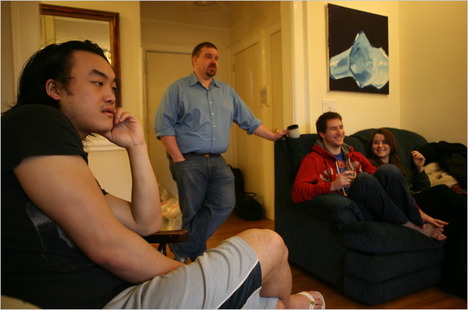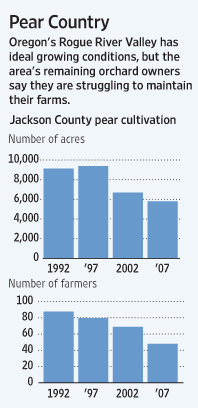Stigler and Friedman’s only co-authored paper showed the flaws in rent controls. Although excellent, the paper apparently is seldom read in Portugal (or New York City).
(p. B3) LISBON — José Gago da Graça owns a Portuguese real estate company and has two identical apartments in the same building in the heart of Lisbon. One rents for €2,750 a month, the other for almost 40 times less, €75.
The discrepancy is a result of 100-year-old tenancy rules, which have frozen the rent of hundreds of thousands of tenants and protected them against eviction in Portugal. Mr. Gago da Graça has been in a lawsuit for a decade over the €75-a-month apartment, since his tenant died in 2000 and her son took over and refused to alter his mother’s contract, which dates to the 1960s.
“We’re the only country in Europe that doesn’t have a free housing market and that’s just amazing,” Mr. Gago da Graça said.
Rules like these, which economists also blame for contributing to Portugal’s private debt load, help explain why this nation of 11 million has followed Greece and Spain into investors’ line of fire.
. . .
The . . . rules helped protect tenants, but also led to a chronic shortage of rental housing. This, in turn, persuaded a new generation of Portuguese to tap recently into low interest rates and buy instead — often in new suburbs — thereby exacerbating the country’s mortgage debt and leaving Portugal with one of Europe’s lowest savings rates, of 7.5 percent.
“This system of controlled rents is a major problem for the Portuguese economy, but we will probably be waiting for a generational change to have room for institutional reform,” said Cristina Casalinho, chief economist of Banco BPI, a Portuguese bank. Beyond fueling housing credit, she added, the system “basically stops flexibility and mobility in the labor market because you can perhaps find a new job in another city but it will then be very difficult to rent a house there.”
. . .
“Nobody has had the political courage to change something like these rental laws and I don’t see the situation changing in the short term, even if I don’t think the Portuguese tend to react as dramatically as the Greeks,” said Salvador Posser, who runs a family-owned company renting out construction equipment.
Besides distorting pricing in the housing market, the tenancy rules have left physical scars. Portugal’s historic city centers are dotted with abandoned and crumbling houses that are either subject to a court dispute or have rental income that cannot cover repair and maintenance costs.
“This economic crisis is clearly keeping our very slow courts even more occupied because of the amount of conflict that it is creating between landlords and tenants,” said Menezes Leitão, a law professor and president of PLA, a property owners association.
Mr. Posser cited a recent estimate that 8 percent of the buildings in central Lisbon were deserted, in large part because of rent-related obstacles. In Porto, the second-largest city, less than 10 percent of inner-city housing is available for rent, which has helped shrink the population by a third over three decades.
“We’re still losing about 30 inhabitants a day,” said Rui Moreira, president of the Porto Commercial Association.
For the full story, see:
RAPHAEL MINDER. “Like Spain, Portugal Hopes to Make Cuts, but It Is Mired in Structural Weakness.” The New York Times (Fri., May 14, 2010): B3.
(Note: the online version of the article is dated May 13, 2010 and has the title “Portugal Follows Spain on Austerity Cuts.”)
(Note: ellipses added.)
The original source of the Friedman and Stigler article (in pamphlet form) was:
Friedman, Milton, and George J. Stigler. Roofs or Ceilings? The Current Housing Problem. Irvington-on-Hudson, New York: Foundation for Economic Education, 1946.







